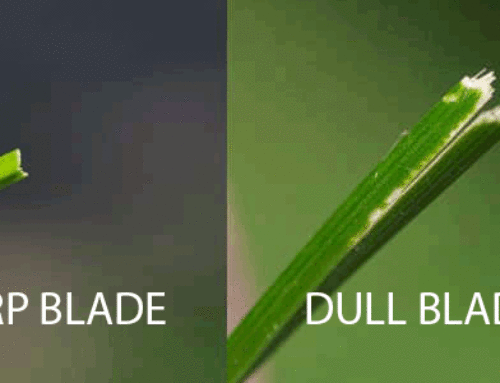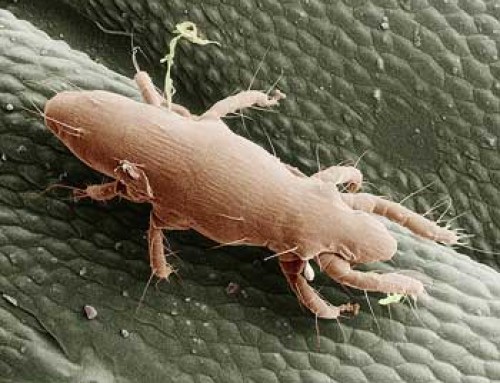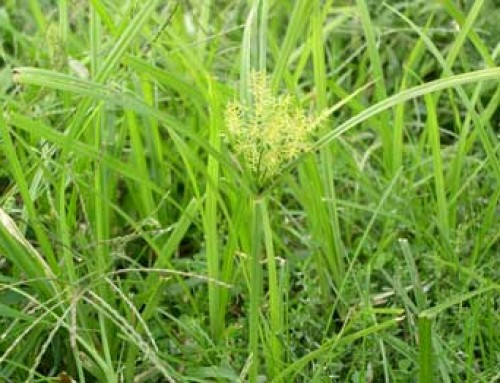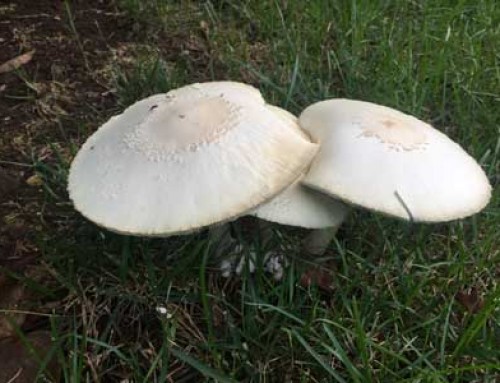Skip to content
Pine Sawfly Alert
Now is the time to watch pines for the presence of pine sawfly larvae.
Watch for these Signs:
- The culprit is the larvae of a broad-waisted wasp that looks a lot like a house fly.
- Eggs are laid at the ends of pine branches during the summer. Eggs begin to hatch in early to mid-April.
- The larvae are very tiny to begin with but grow quickly and become increasingly destructive as they grow larger.
- They progressively move down the branch, on which they were laid, consuming every needle until the entire branch is stripped.
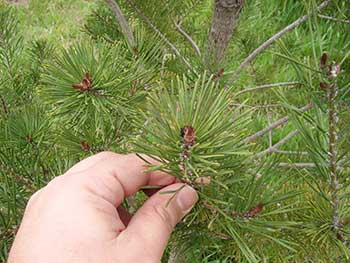
How to Treat:
- If found early, on just a few branches, the tip of the infested branches can be inserted into a plastic bag and shaken to dislodge the larvae. On taller trees, the end of the infested branches can be lopped off with a pole trimmer.
- If more than a few branches are infested it is probably best to spray the plant with an appropriate insecticide. Always read and follow pesticide label directions carefully.
Pine Sawfly Damage:
- Plants that were damaged by spine sawfly have a unique appearance. The current year’s new candles will develop naturally but all of the needles below those new candles will be stripped clean, leaving only a stubble where the needles once grew.
- A single, light infestation will cause minimal harm to an otherwise healthy plant; but a heavy infestation, especially on an otherwise unhealthy plant, can be devastating.
- Repeated heavy pine sawfly damage can weaken a plant making it more susceptible to other problems.
Ways to Be Proactive to Protect from Pine Sawfly:
- The best way to take care of pines and other trees is to have them regularly inspected by a professional, regularly fertilized, watered, properly pruned and treated for pests, including pine sawfly, as needed for good health.
- Always call an expert like Tree Doctor 913-341-6100, a division of Martz Bros. Lawn Care, or contact Tree Doctor online when in doubt.
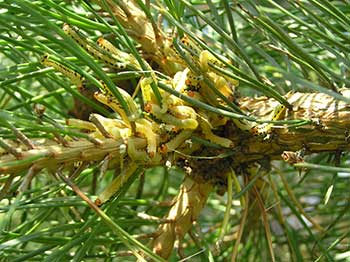
Share This Story, Choose Your Platform!
Page load link



